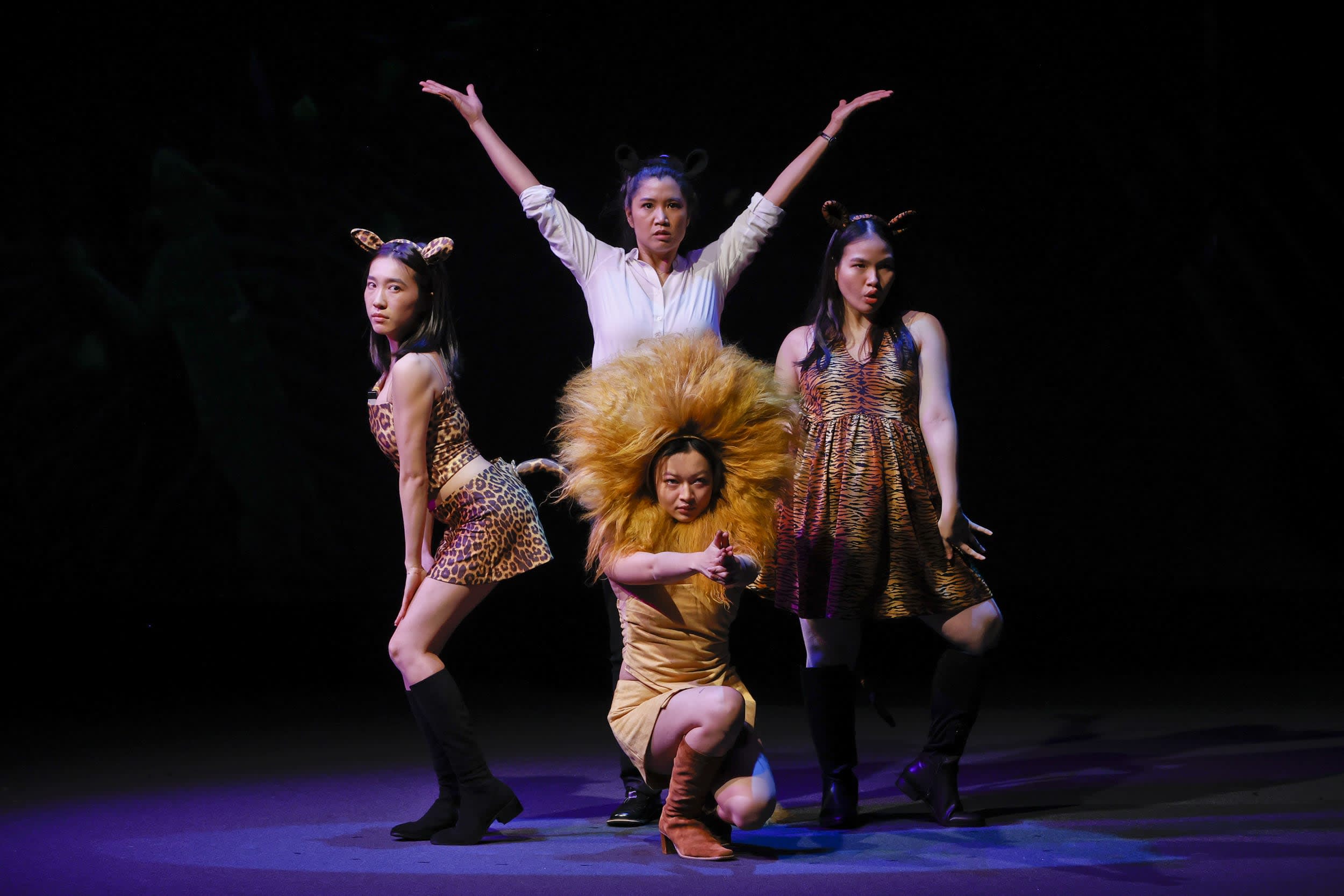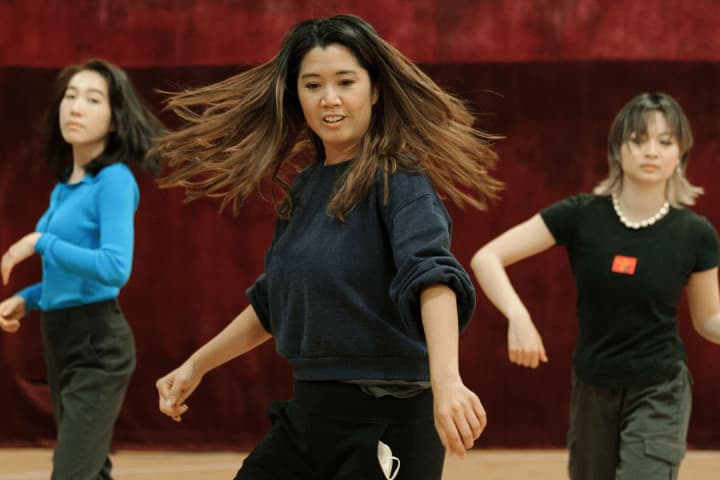How does sound effect our concept of time and place? Composer and Sound Designer of Laurinda, Marco Cher-Gibard, talks about his role in the 90s nostalgia production that uses music as a transportation device between people, places and the past.
What is Laurinda about in your own words? What is the world of this play?
I would say the play is a memory piece that revisits experiences of racism and trauma from the perspective of a first generation Vietnamese migrant family and the education system. Implicitly within this there is also is an exposition of class differences between east and west Melbourne.
It uses humour to disarm and bring to light experiences that can hopefully be universally understood.
How would you describe the musical language of your music/sound?
In architecture, a parti is a design concept or organising principle for a building. I’ve kind of taken this approach for sound design. My organising principle was 'musical threat' from a 1990s reference point. It should be celebratory and treating to burst into musical moments as much as possible. Budget restrictions have stopped this production from becoming an actual musical and I suppose I’ve never been able to let go of that desire.
I’ve also been inspired to reference radio, which had a strong role in building and affirming both identity and community prior to the internet.
My approach to sound effects has mostly been hyper-affect. I made that term up, but what I mean is that I focus on affecting the audience through sound rather creating a 'realistic' soundscape. What is the effect of a moment and how does that feel through sound, rather than how to realistically represent that sound onstage. If the choice was between Chekov or Disney, I choose Disney for this production.
What are some sounds or instruments that students could listen out for? Why have you included them?
It’s probably more interesting to think about the collisions of culture and genre. Listen out for references to hardcore/hardstyle, and while you’re there look up videos on the 'Melbourne Shuffle'. The Drum n Bass dream sequence also incorporates instrumentation and melodies from a famous Vietnamese ballad. Music is interesting because it’s a constant cross cultural discussion. What would contemporary pop music be without hip hop? In Australia we’re historically familiar with the cross Atlantic dialogue in western pop music – the backwards and forwards between UK and US culture. Musically in this production I’ve been interested in locating moments of 90s culture and bringing them into dialogue together, either by proximity or literally mashing them together.
Listen out for the sounds of the Chinese Masonic Society’s Lion Dance / Kung Fu school. They were generous enough to allow me to record after a rehearsal in their space. It was very very loud! There is a lot of Chinese culture in Vietnam. These particular instruments are a ‘Southern’ style which is the prevalent style in Vietnam. The northern style is much closer to Beijing Opera and the gong ‘sings’ more. This style of music normally accompanies a lion, which you may know from Chinese Lunar New Year events.
I became interested in a particular dance that accompanied a money god and while I couldn’t find a troupe that played this style in Melbourne, the idea of using the same instrumentation and attaching it as a theme to the 'mean girls' of Laurinda kind of stuck. In the end, it functions less as a theme, I have to admit, and more as part of the musical language of the show. I particularly like how the drums charge the power up sequence that happens when Lucy and Linh are reunited.
 Jenny Zhou, Ngoc Phan, Gemma Chua-Tran and Chi Nguyen. Photo: Jeff Busby
Jenny Zhou, Ngoc Phan, Gemma Chua-Tran and Chi Nguyen. Photo: Jeff Busby
How are you creating your music/sound? Any particular programs, technologies?
I’m mostly working ‘in the box’ which means my laptop. I use Reaper for arranging and editing and Abletone live for composing with notes and stuff. I like reaper because it’s cheap and super powerful. I also like the idea of spending my money on plugins and not software upgrades!
I recorded the piano with a beautiful pianist and artist, Madeline Flynn in her house and we made a conceptual arrangement of a lesser known Rachmaninov piece called ‘Italian Polka’. I liked it because the start of it sounds a bit like Harry Potter (to me). We recorded many variations of the first couple of bars. Listen out for the Nils Fram version! It’s kind of a joke/nuanced critique about how male pianists seem to get away with playing this musical trope and are hailed as genius while, female pianists (who far outnumber men) are rarely hailed for playing the same music.
The choir recording towards the end is made from many layers of the cast recorded in MTC’s studio. The melody comes from a Malay nursery rhyme about a cockatoo that I rewrote using the school’s Latin motto.
Thinking about one scene in particular, how does the music/sound design support the drama?
If we take the start of the play, sound helps support Lucy’s present day panic attack and places her at an event with a large audience. Then Linh uses music as a time machine to bring us into the 90s, through the classic song, ‘Pump Up The Jam’ by Technotronic. Reverb functions as a memory signifier and the soundscape helps to move the audience through space and time to suburban Stanley and highlight narrative elements.
A lot of sound/music’s role in this piece is to control our experience of time. With music you can slow or speed up our experience of time. I did a lot of work helping things flow in Laurinda through its soundtrack.
Published on 25 August 2022





